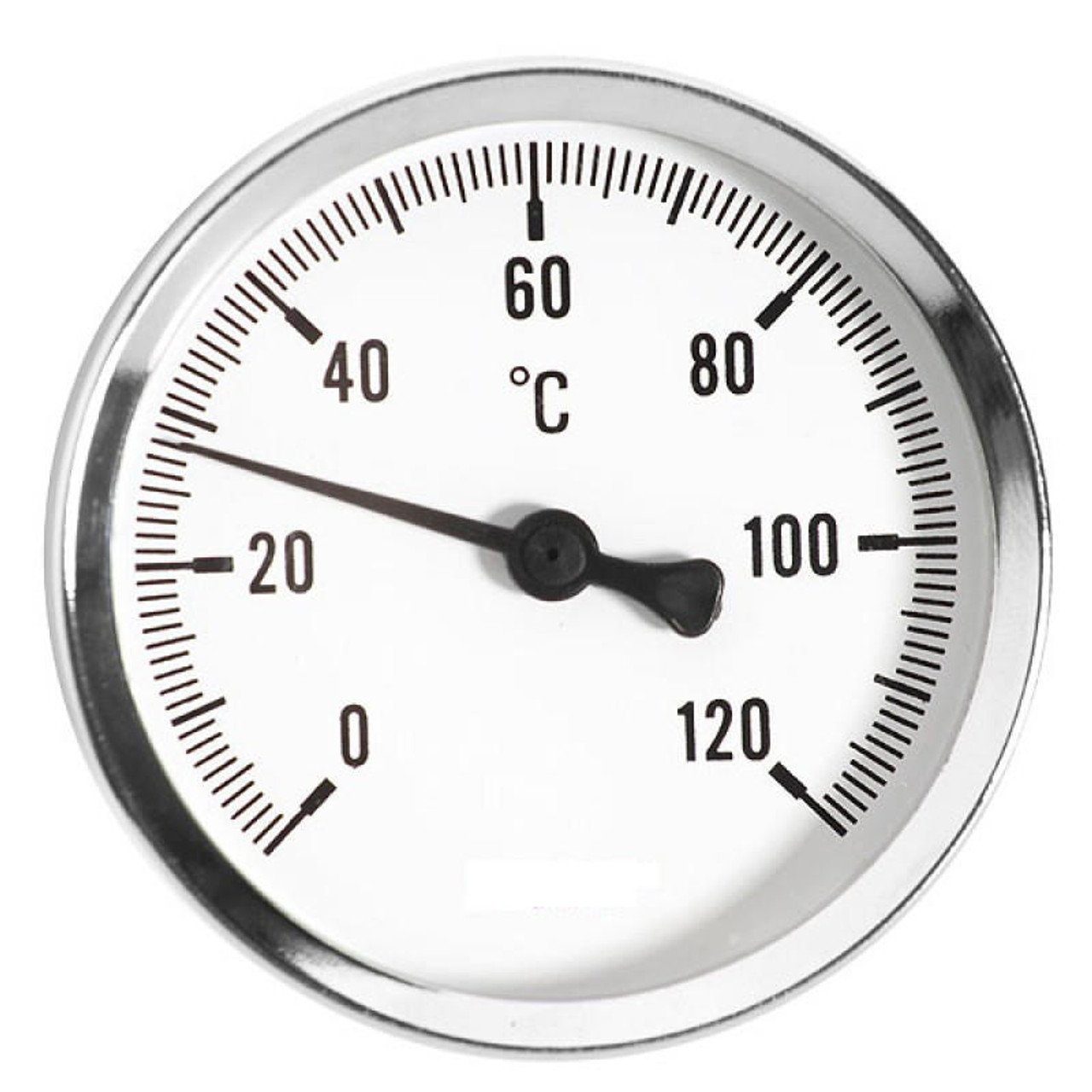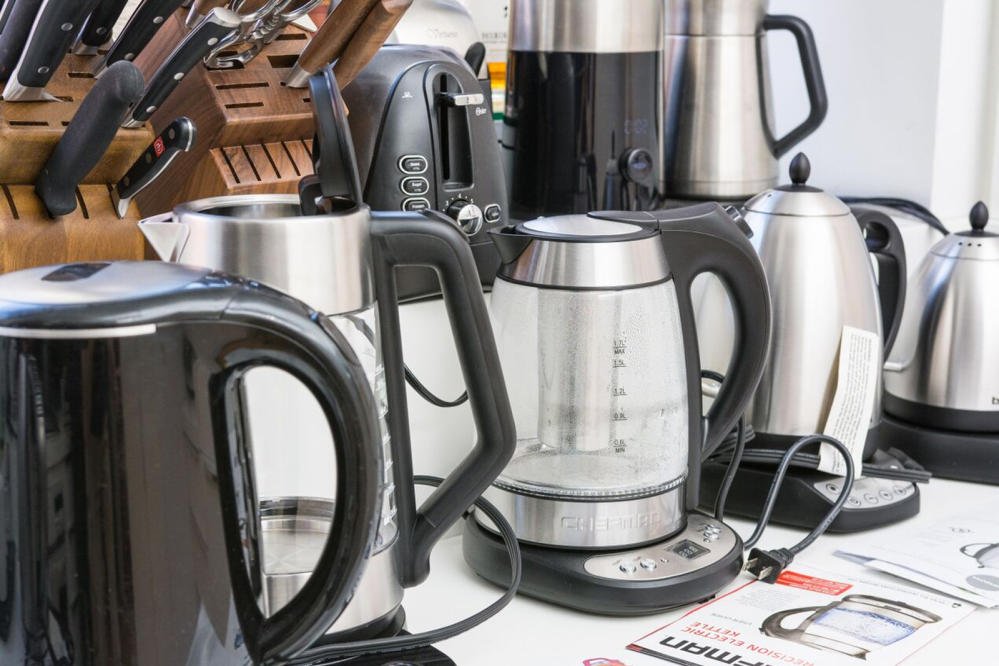
Common Types of Temperature Gauges and Their Applications
Hello, and welcome to my blog post on “Common Types of Temperature Gauges and Their Applications.” I understand that navigating through the various options of temperature gauges can be overwhelming, especially if you’re new to this field. That’s why I’ve put together this comprehensive guide to help you gain a better understanding of the different types of temperature gauges available and their specific applications. By the end of this post, you’ll have a solid foundation to make informed decisions when it comes to choosing the right temperature gauge for your industry or application. So, let’s dive in and explore the fascinating world of temperature gauges together.
What is a Temperature Gauge?
A temperature gauge is an essential instrument used to measure and monitor temperature. It plays a crucial role in various industries and applications where temperature control is essential for optimal performance and safety. In this blog section, we will explore the definition, purpose, and functioning of temperature gauges to understand their importance in temperature measurement and monitoring.
Definition
A temperature gauge, also known as a thermometer, is a device used to measure the temperature of a specific medium or environment. It consists of a temperature sensor and a display unit that provides a numerical value representing the measured temperature.
Purpose
The primary purpose of a temperature gauge is to accurately measure and monitor temperature in a systematic and reliable manner. By providing real-time temperature data, temperature gauges aid in ensuring the efficiency and safety of various processes and equipment. The information obtained from temperature gauges is crucial for making informed decisions and taking necessary actions to maintain optimal conditions.
Functioning
Temperature gauges operate on the principle of thermal expansion, which is the tendency of substances to change in volume or shape in response to temperature variations. The most commonly used temperature sensors include:
- Bimetallic Strips: These consist of two different metal strips bonded together, which expand or contract at different rates when exposed to temperature changes. The resulting mechanical movement is then converted into a temperature reading.
- Thermocouples: These are made of two dissimilar metals, which create a voltage when subjected to a temperature gradient. The generated voltage is proportional to the temperature difference, allowing for temperature measurement.
- Resistance Temperature Detectors (RTDs): These use the principle of electrical resistance variation with temperature. A metal wire or film with a predictable resistance-temperature relationship is integrated into the sensor, allowing for accurate temperature measurement.
Importance in Measuring and Monitoring Temperature
Temperature gauges offer several key benefits and play a critical role in various industries and applications:
- Process Control: Temperature gauges enable precise temperature control in industrial processes, ensuring optimal conditions for efficient operation, product quality, and safety.
- Equipment Protection: By monitoring temperature, temperature gauges can prevent equipment failure due to overheating or excessive cooling. They provide early warnings that help prevent potential damage and minimize downtime.
- Safety Compliance: In areas where temperature regulation is essential for safety reasons, such as laboratories, hospitals, and manufacturing facilities, temperature gauges ensure compliance with safety standards and regulations.
- Energy Efficiency: Temperature gauges aid in optimizing energy consumption by maintaining temperature within desired ranges, leading to improved energy efficiency and cost savings.
- Quality Control: Temperature-sensitive industries, such as food production and pharmaceuticals, rely on temperature gauges to monitor and maintain proper storage conditions, ensuring product quality and safety.
Common Types of Temperature Gauges
In order to accurately measure temperature, various types of temperature gauges are employed across different industries and applications. Each type of gauge has its own working principle and specific applications. In this section, we will explore the most commonly used types of temperature gauges, providing a detailed explanation of each type and their key features.
Mercury-in-Glass Thermometers
Mercury-in-glass thermometers have been widely used for temperature measurement due to their simplicity and accuracy. These thermometers consist of a glass tube filled with mercury and a temperature scale along the length of the tube. The working principle is based on the expansion and contraction of the mercury column with temperature changes.
- Key Features:
- High accuracy
- Wide temperature range (-37°C to 356°C)
- Suitable for various applications, especially in laboratory settings
- Application:
- Industrial process control
- Laboratory experiments
- HVAC systems
Bimetallic Thermometers
Bimetallic thermometers utilize the thermal expansion of two metals with different coefficients of expansion to measure temperature. These thermometers consist of a bimetallic strip, usually made of two metals bonded together, which bends when exposed to temperature changes. The extent of bending is proportional to the temperature.
- Key Features:
- Low cost
- Wide temperature range (-50°C to 500°C)
- Robust and durable design
- Application:
- Food processing
- HVAC systems
- Automotive industry
Resistance Temperature Detectors (RTDs)
Resistance Temperature Detectors (RTDs) are temperature sensors made of materials with a predictable change in resistance with temperature. The most common material used for RTDs is platinum. As the temperature changes, the resistance of the RTD also changes. This change in resistance is measured and converted into a temperature reading.
- Key Features:
- High accuracy
- Excellent stability and repeatability
- Wide temperature range (-200°C to 850°C)
- Application:
- Industrial process control
- Aerospace industry
- Automotive industry
Thermocouples
Thermocouples are temperature sensors made of two different metals joined together at one end. The temperature difference between the two ends of the thermocouple generates a voltage, known as the thermoelectric voltage, which is proportional to the temperature difference. By measuring this voltage, the temperature can be determined.
- Key Features:
- Wide temperature range (-200°C to 2300°C)
- Quick response time
- Rugged and durable design
- Application:
- Industrial process monitoring
- Furnace and kiln temperature measurement
- Energy generation
Infrared Thermometers
Infrared thermometers are non-contact temperature gauges that measure temperature by detecting the infrared radiation emitted by an object. These thermometers use a lens to focus the infrared radiation onto a detector, which converts the detected radiation into a temperature reading.
- Key Features:
- Non-contact measurement
- Fast response time
- Suitable for measuring moving or inaccessible objects
- Application:
- Medical applications (e.g., body temperature measurement)
- Food safety inspections
- HVAC systems
Applications of Temperature Gauges
Temperature gauges are essential tools used in various industries to measure and monitor temperature levels accurately. From manufacturing plants to healthcare facilities, temperature gauges play a critical role in ensuring optimal performance, safety, and quality control. In this section, we will explore the practical applications of temperature gauges across different sectors, highlighting how they are utilized and their significance in each industry.
Manufacturing
Temperature gauges find extensive use in the manufacturing industry, where precise temperature control is crucial for the production process. Here are some key applications:
- Heat treatment: Temperature gauges are used to monitor and control the heat treatment of materials such as metals, plastics, and composites, ensuring that the desired hardness, durability, and strength are achieved.
- Industrial ovens and furnaces: Temperature gauges help maintain optimal temperatures inside ovens and furnaces, ensuring uniform heating and preventing overheating, which could lead to damage or substandard products.
- Chemical reactions: Temperature gauges are utilized in chemical processes to monitor reaction temperatures, preventing dangerous or unwanted reactions and ensuring the desired outcome.
- Quality control: In manufacturing plants, temperature gauges are used to assess and maintain the quality of products by monitoring critical temperature parameters during production, storage, and transportation.
HVAC (Heating, Ventilation, and Air Conditioning)
Proper temperature control is vital in HVAC systems to provide comfort, energy efficiency, and indoor air quality. Temperature gauges play a significant role in these applications:
- Thermostat control: Temperature gauges are integrated into thermostats to accurately measure the temperature in a space and regulate the HVAC system accordingly.
- Duct temperature monitoring: Temperature gauges are used to monitor temperatures in HVAC ducts, ensuring proper airflow and preventing overheating or underheating of different zones.
- Chilled water temperature control: Temperature gauges are crucial in maintaining optimal temperature levels in chilled water systems, preventing freezing, and ensuring the efficiency of cooling processes.
Automotive
Temperature gauges are essential in the automotive industry for monitoring and controlling temperatures related to engine performance, vehicle comfort, and safety. Here are some significant applications:
- Engine temperature monitoring: Temperature gauges in vehicles measure and display the engine temperature, providing real-time information to prevent overheating and engine damage.
- Climate control: Temperature gauges play a critical role in automotive climate control systems, ensuring comfortable temperatures within the vehicle cabin.
- Transmission and oil cooling: Temperature gauges are used to monitor temperatures in transmission systems and engine oil, ensuring proper lubrication and preventing damage due to overheating.
Food Processing
Temperature control is paramount in the food processing industry to ensure the safety and quality of food products. Temperature gauges have several important applications:
- Cooking and baking: Temperature gauges are used on ovens, stoves, and grills to ensure that food is cooked at the correct temperature, eliminating harmful bacteria and achieving optimal taste and texture.
- Refrigeration and cold storage: Temperature gauges are utilized in refrigeration units to maintain proper temperatures for storing perishable foods, preventing spoilage and maintaining freshness.
- Pasteurization and sterilization: Temperature gauges are critical in food production processes that require pasteurization or sterilization, ensuring that the food reaches and maintains the appropriate temperature to eliminate harmful bacteria.
Healthcare
Temperature gauges are vital tools in healthcare settings for monitoring patients, equipment, and environmental conditions. Here are some notable applications:
- Patient monitoring: Temperature gauges, such as thermometers, are used to monitor and record body temperature, aiding in the diagnosis and treatment of illnesses and infections.
- Laboratory settings: Temperature gauges are employed in laboratories to monitor the temperature of samples, ensuring accurate experimentation and preventing degradation or spoilage.
- Pharmaceutical storage: Temperature gauges play a critical role in monitoring the temperature of pharmaceutical storage areas, ensuring that medications are stored within the required temperature range to maintain their efficacy and safety.
In conclusion, temperature gauges have extensive applications across various industries, playing a crucial role in maintaining optimal temperature levels, ensuring safety, quality control, and overall efficiency. By accurately measuring and monitoring temperature, these devices contribute significantly to the success of manufacturing processes, HVAC systems, automotive operations, food processing, and healthcare settings.
Factors to Consider when Choosing a Temperature Gauge
When it comes to measuring temperature, accuracy and reliability are of utmost importance. Determining the right temperature gauge for your specific needs can be a challenging task. To simplify the decision-making process, it is essential to consider certain key factors. Let’s delve into these factors and understand their significance in selecting the most suitable temperature gauge for your requirements.
1. Accuracy
Why is accuracy important?
Accurate temperature measurements are essential for ensuring the quality and safety of various processes and products. Whether it be in laboratory settings, industrial applications, or even in everyday household use, accuracy is crucial to achieving precise results.
What to consider?
- Look for temperature gauges with an acceptable accuracy range for your needs.
- Consider the level of precision required for your specific application.
- Take note of the gauge’s accuracy stated by the manufacturer.
2. Range
Why is range important?
Temperature gauges must be capable of measuring temperatures within a specific range. It is necessary to choose one that can cover the intended temperature range while providing accurate readings.
What to consider?
- Determine the minimum and maximum temperatures that need to be measured.
- Choose a temperature gauge with a suitable temperature range for your application.
- Ensure that the selected gauge can accurately measure temperatures within the desired range.
3. Response Time
Why is response time important?
The response time of a temperature gauge refers to the speed at which it reacts to changes in temperature. This factor becomes vital in dynamic and time-sensitive applications where quick and precise temperature monitoring is required.
What to consider?
- Evaluate the response time needed for your specific application.
- Consider the sensitivity of the gauge and its ability to swiftly register temperature changes.
- Opt for temperature gauges that offer fast response times for real-time monitoring.
4. Durability
Why is durability important?
Temperature gauges need to withstand harsh operating conditions such as extreme temperatures, humidity, and exposure to chemicals or physical impact. Choosing a durable gauge ensures its longevity and reliability in challenging environments.
What to consider?
- Assess the operating conditions and environment where the gauge will be used.
- Look for temperature gauges that are constructed from robust and corrosion-resistant materials.
- Ensure that the selected gauge is designed to withstand the specific conditions it will be exposed to.
5. Cost
Why is cost important?
Cost consideration is inevitable when making any purchasing decision. However, it is essential to strike a balance between the cost of the temperature gauge and its expected performance and durability.
What to consider?
- Determine your budget and weigh it against the desired features and quality of the temperature gauge.
- Consider the long-term cost implications. Higher-quality gauges may have a higher upfront cost but can offer better accuracy and durability, resulting in cost savings in the long run.
Key Takeaways and Closing Thoughts
In conclusion, this blog post has discussed the various types of temperature gauges and outlined their applications. By gaining knowledge about these different options and taking into account the factors mentioned, individuals will be able to make an informed decision when selecting a temperature gauge for their specific requirements. It is advisable to carefully assess the needs and seek advice from professionals or suppliers to guarantee accurate and dependable temperature measurement and monitoring.





